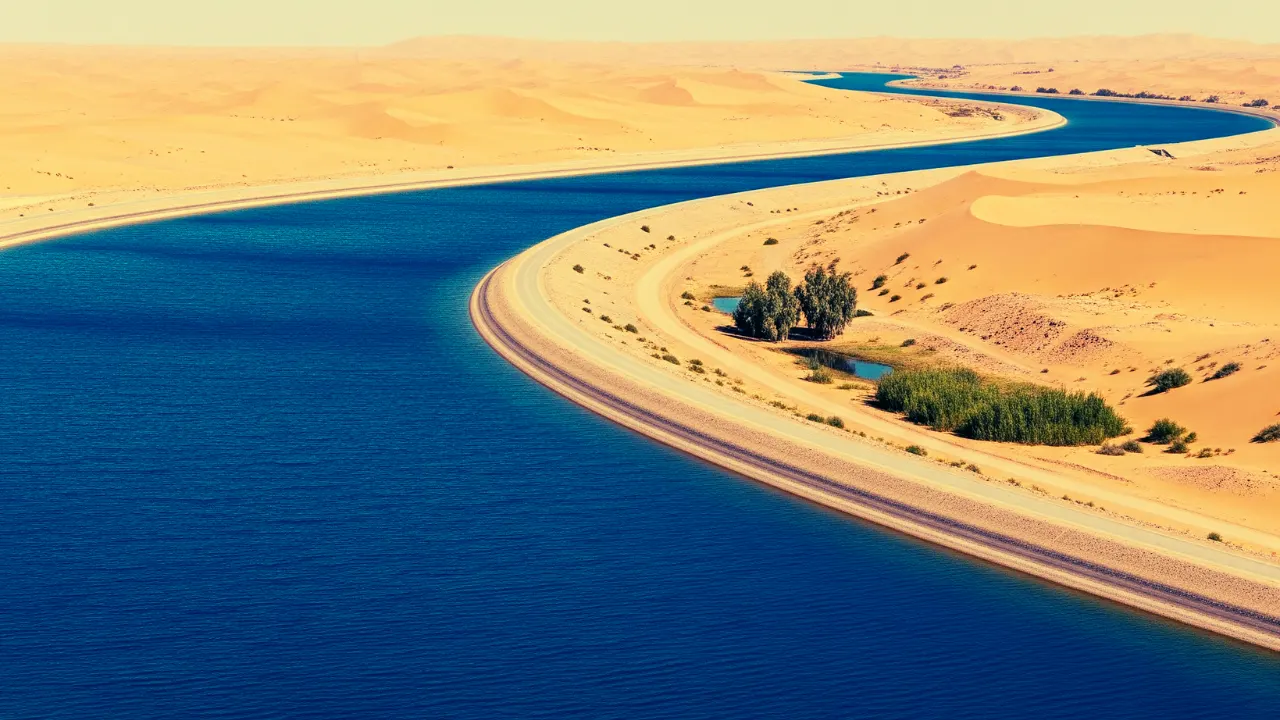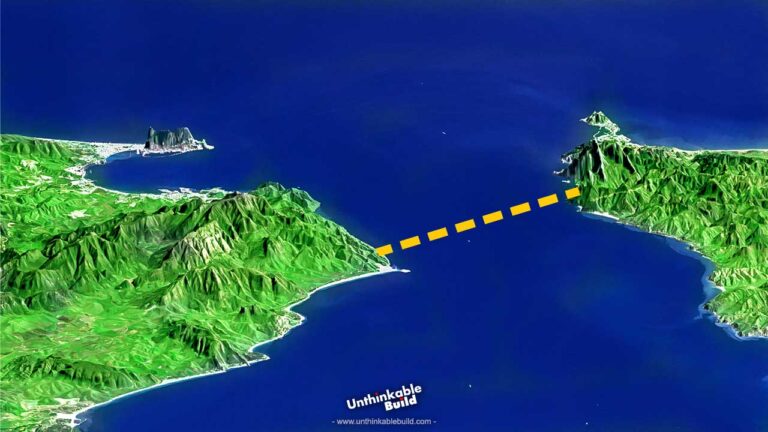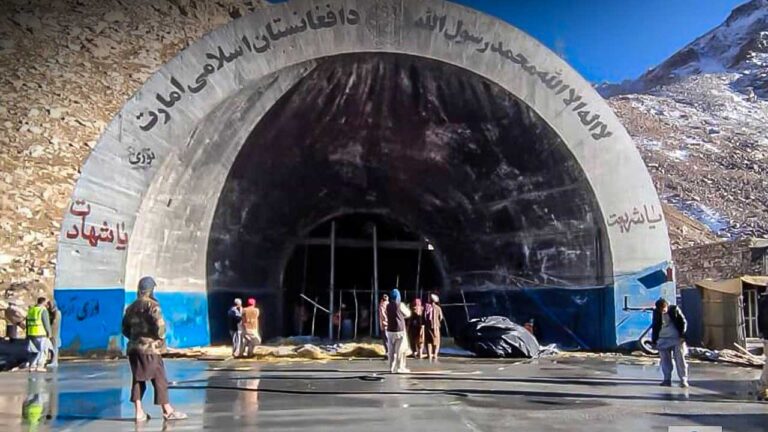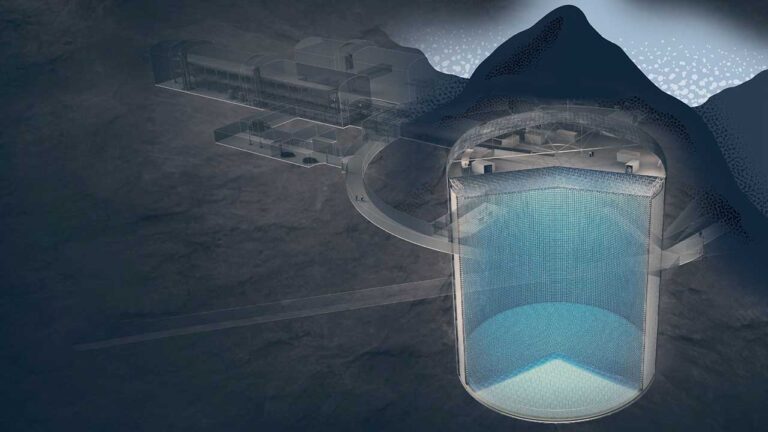Can Afghanistan’s Mega Projects Defy Collapse and Deliver a New Future?
Afghanistan rarely makes the headlines for hope. But across the deserts, mountains, and cities, a quiet construction wave is unfolding one that could redraw the country’s future. Bulldozers are carving irrigation canals through barren land. Power lines are inching closer to the grid. New cities are rising where empty plains once stretched. These aren’t just blueprints or political slogans. They are real-world undertakings with the potential to change how Afghanistan eats, lives, and powers itself.
I stood on the edge of the Qosh Tepa site last fall, and the sound of earthmovers breaking the silence of the desert felt more real than any headline I’d read.
Qosh Tepa Canal
In the vast northern plains of Afghanistan, the Qosh Tepa Canal is the most ambitious infrastructure effort in decades. Designed to stretch 285 kilometers, this canal aims to irrigate over 550,000 hectares of dry, uncultivated land that has never seen a stable water source. That’s nearly the size of the U.S. state of Delaware or half of Lebanon.
The project draws water from the Amu Darya River, a crucial transboundary river that also supplies Uzbekistan, Turkmenistan, and Kazakhstan. This makes the canal geopolitically sensitive. Regional tensions are already rising, especially with Uzbekistan, which fears that upstream diversion may further dry out the shrinking Aral Sea basin.
Despite these challenges, progress continues. As of mid-2024, nearly 120 kilometers of canal have been excavated. Phase Two, which carves into Balkh province, has reached over 85% completion. The canal uses basic earthen cut-and-fill construction cheap and fast, but prone to seepage and breaches. In August 2023, a 9-kilometer stretch failed due to poor compaction and lack of lining. Engineers now call for concrete or geo-membrane lining to prevent long-term water loss and soil erosion.
If Afghanistan manages to finish the Qosh Tepa Canal by its 2028 target, it could shift tens of thousands of families from food insecurity to commercial agriculture. Wheat, cotton, fruits, and vegetables could replace the dependence on imports. It’s not just about water it’s about sovereignty.
Kabul New City
Kabul has been stretched to its breaking point. With over 5 million residents, the city faces daily gridlock, chronic blackouts, and polluted air. Few places on Earth are this congested and under-planned. To fix it, planners are betting on a bold solution: Kabul New City.
Located just 20 kilometers north of the current capital, the project will cover 740 square kilometers more than 1.5 times the size of present-day Kabul. The master plan includes zones for government, housing, education, commerce, and industry. Wide boulevards, green belts, drainage systems, and even solar-powered districts are part of the blueprint.
The pilot phase, covering 250 hectares, began construction in 2023 and aims to house 12,000 people. The National Development Corporation (NDC) has promised transparency in land acquisitions, an issue that plagued earlier failed attempts like Deh Sabz City. The updated plan includes legal reform to prevent land grabbing and improve investor confidence.
That said, risks remain. Urban planning in Afghanistan has historically suffered from corruption, lack of technical capacity, and frequent regime changes. Security remains fragile. But Kabul New City is being framed as a non-political development zone, open to both domestic and diaspora investors.
If completed, it could relieve pressure on Kabul, attract global partnerships, and establish a modern, resilient urban center that finally meets the needs of a growing population.
Pashdan Dam
In Herat province, near the cultural heart of western Afghanistan, the Pashdan Dam has the potential to unlock a new era of agricultural productivity. First launched in 2011, the project has seen stop-and-start construction for over a decade, stalled primarily by security concerns and funding cuts after the political shift in 2021.
The dam is being built on the Hari River, with a 70-kilometer canal system designed to irrigate 13,000 hectares of farmland. The site also includes a 2-megawatt mini-hydropower plant, expected to power several rural districts currently living off diesel or nothing at all.
As of July 2024, the dam is about 83% complete. Engineers are working to finish core structural work before winter sets in, which could freeze concrete work and disrupt timelines. The region’s farmers, who have been surviving on erratic rainfall, are eager for water stability. Access to controlled irrigation means consistent harvests, improved food security, and even export opportunities for crops like saffron and grapes.
Once operational, Pashdan Dam will do more than irrigate. It will lift villages out of poverty, provide electricity, and reduce dependence on cross-border energy.
Bakshabad Dam
In the arid Farah province, the Bakshabad Dam is a project of rare scale. With an 81-meter-high wall and capacity for 1.36 billion cubic meters of water, it ranks among Afghanistan’s largest hydro projects.
Two major canal networks are planned to irrigate 180,000 hectares of farmland. Crops like almonds, pomegranates, and pistachios well-suited to Afghanistan’s climate are expected to replace traditional grains. This could significantly boost agricultural exports, create long-term jobs, and reduce food imports.
The dam is also projected to generate 32 megawatts of electricity enough to supply the entire province and possibly feed excess power into the national grid.
But there’s geopolitical risk here too. The Farah River flows into Iran, feeding cross-border wetlands and sustaining delicate ecosystems. Iranian officials have voiced concern over reduced downstream flows, fearing environmental degradation and water stress. If not diplomatically managed, this could spark bilateral tensions.
Still, if completed responsibly with environmental safeguards and equitable water sharing, Bakshabad could be a turning point for southwestern Afghanistan a region that’s long been left behind.
CASA-1000 – Afghanistan’s Energy Bridge
CASA-1000 is more than a power line. It’s a strategic energy corridor designed to link Central Asia’s hydropower surplus with South Asia’s energy deficit. Stretching 1,387 kilometers, the line connects Kyrgyzstan and Tajikistan to Pakistan, running directly through Afghanistan.
Afghanistan’s role is critical. It not only hosts 560 kilometers of the line but also stands to receive up to 300 megawatts of clean energy and $50 million annually in transit fees. For a cash-strapped government, that’s a revenue stream with long-term stability.
Construction inside Tajikistan is nearly complete. As of 2024, Afghanistan’s section is over 60% built, with work accelerating in safer provinces like Kunduz and Baghlan. Key backers including the World Bank, Islamic Development Bank, and USAID remain involved, though they require strict monitoring protocols due to political sensitivities.
CASA-1000 could reduce Afghanistan’s blackouts, cut dependence on expensive diesel generators, and establish the country as a vital energy link between regions that rarely cooperate.
Will These Projects Succeed?
Afghanistan’s mega projects tell a story you rarely hear one of ambition, sweat, and forward motion in a place the world often writes off. Together, they promise food security, clean energy, economic revival, and national dignity. They also carry risk. Each project is vulnerable to poor engineering, environmental stress, and international disputes.
Still, the stakes are too high to ignore. If Afghanistan can complete even a few of these projects on schedule, it won’t just change maps. It will change lives.
I’ve walked the desert where the Qosh Tepa Canal now runs. I’ve stood near Kabul New City’s construction fences, watching families hope for better homes. These aren’t just concrete and steel. They’re lifelines.







